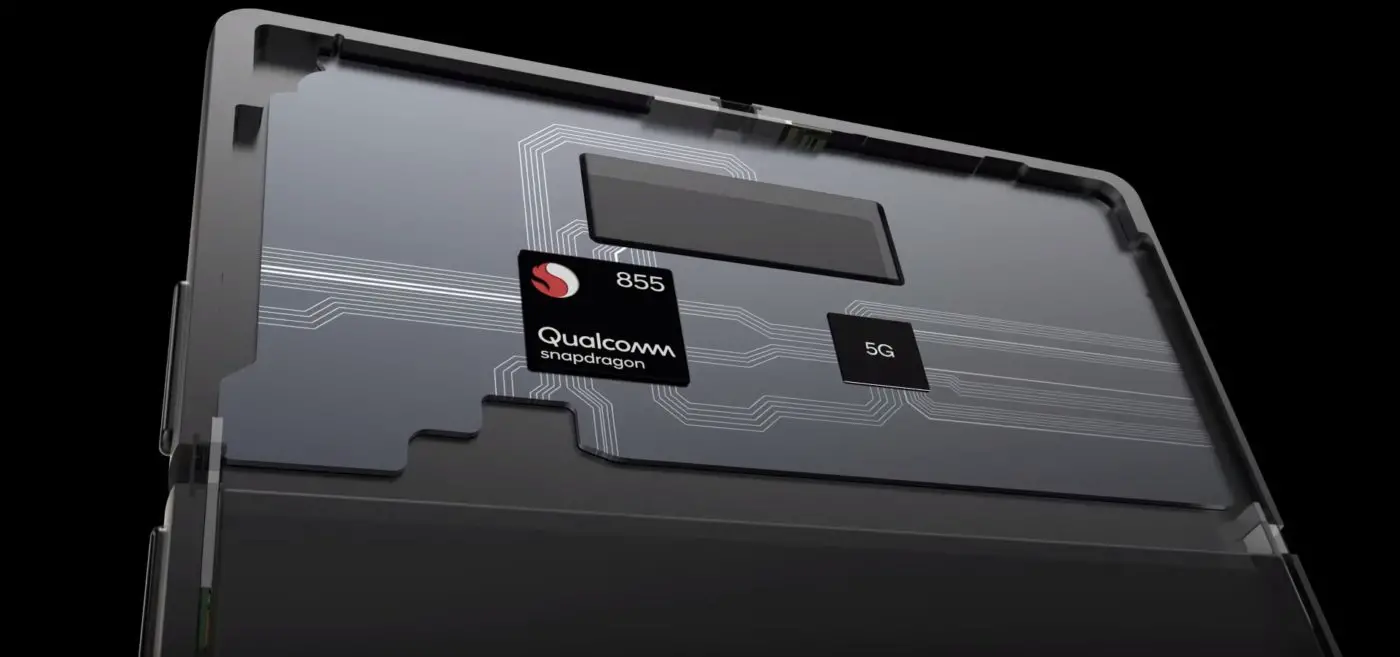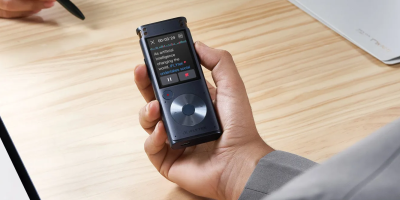SIM cards have evolved quite a bit over the years, where they used to be the size of credit cards before eventually shrinking down into what many now know as the nano SIM. But handset makers and carriers have been slowly trying to move away from that by introducing eSIMs which are essentially digital versions of SIM cards.
It is meant to be more convenient and it is also designed so that it will free up some space in the internals of a phone that could make way for bigger camera sensors, better cooling, larger batteries, and so on, but now it looks like Qualcomm wants to set a new standard by working with Thales to unveil the iSIM.

Image credit – Thales
iSIM basically stands for Integrated SIM and as you might have guessed it, it will integrate the SIM card into the phone’s main processor itself. Qualcomm has ensured that the iSIM will remain compatible through standard platforms and is compliant with the GSMA Remote SIM Provisioning standard, meaning that as far as users are concerned, it should work and function the same way as a normal SIM.
So if both the iSIM and eSIM are designed to be a more space efficient version of the physical SIM card as we know it, what is the difference? According to Thales, iSIMs are designed to eliminate the need for a separate component which in turn would allow smaller devices to be connected. They also claim that it takes up significantly less power compared to eSIMs, which could be perfect for mobile devices that run on batteries or even IoT devices.
Both companies are hoping that the iSIM will become the new standard, with Qualcomm predicting that there will be about 300 million iSIM devices shipped by 2027.
Source: Qualcomm











Comments